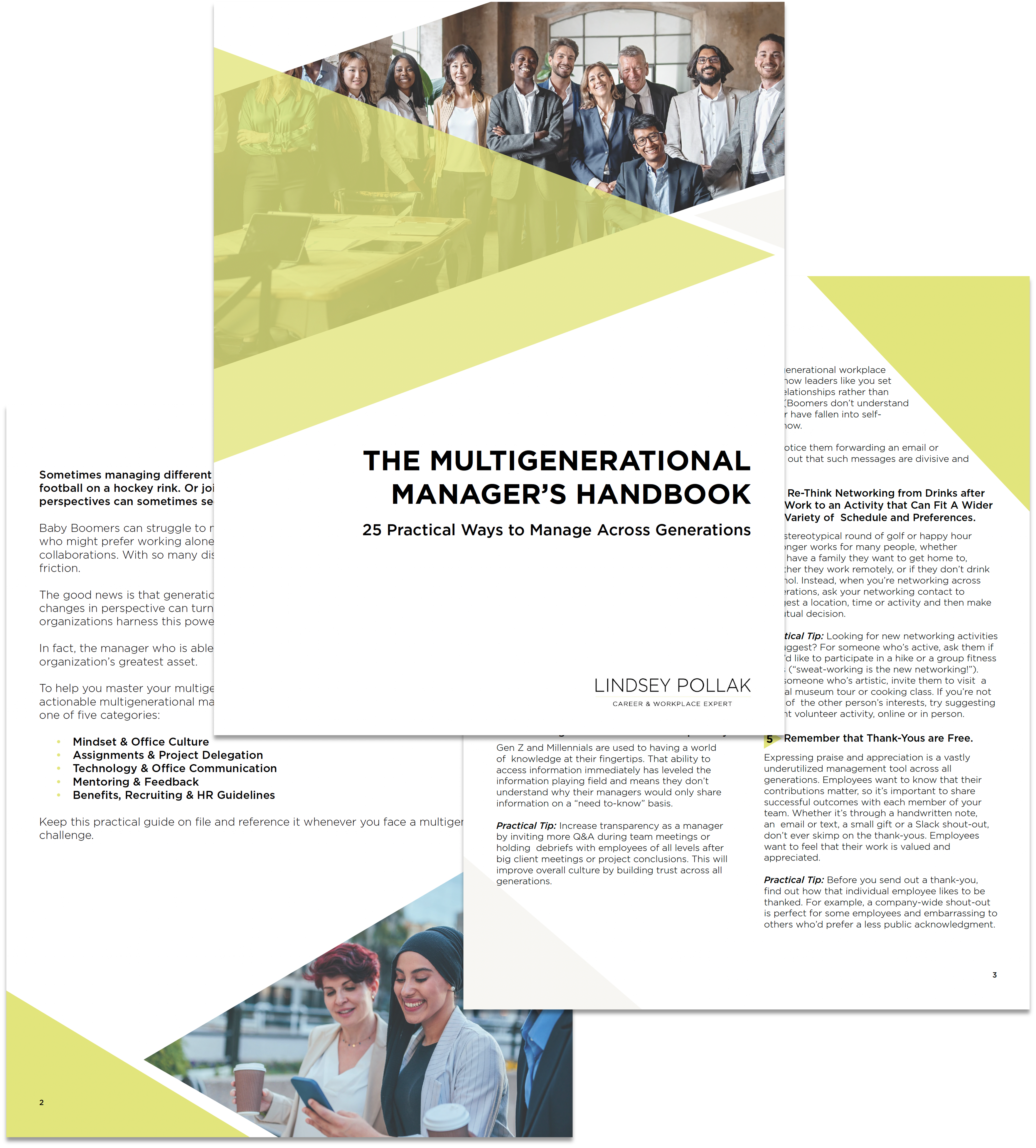A question I am often asked in my duties as LinkedIn’s Ambassador is, “Should my LinkedIn profile read the same as my resume?” The answer is both yes and no. Here’s a breakdown:
LinkedIn Profiles and Resumes: The Similarities
1.) Sections. As Martin Yate explains in his post on this subject, you can get a quick start to your LinkedIn profile if you copy and paste some information from your already existing resume into it. Profiles have sections similar to your resume: Education, Experience, Skills, Organizations, etc.
2.) Keywords and phrases. On your resume, it is critical to include keywords and phrases that match job descriptions and mirror your industry. Hiring managers and human resources teams have applicant tracking systems that scan your resume and application materials to match up your use of those words with what they are seeking. These can either filter you out or pull you in to the next round of reviews.
Similarly, on LinkedIn people are searching for talent by keyword. In fact, there were over 5.7 billion searches conducted on LinkedIn last year alone. If your profile has keywords that match your industry and desired positions, you’re much more likely to show up in search results, which can lead to connections and opportunities.
LinkedIn Profiles and Resumes: The Differences
1.) The length. In many cases, one-page resumes are all you need and all that recruiters have time for. You need to be mindful about what takes up resume “real estate” on the page. This focus serves you well in the application process.
With LinkedIn profiles, you have room to elaborate. This Mashable article recommends that you consider your profile as your “master resume” and bring in almost all of your experience. Of course, you’ll still want to keep focused on those right keywords and phrases to get you found in search results while doing so. Just remember that you are writing for the web when you write in your LinkedIn profile. People still prefer short chunks of text, lists and an organized flow to how you write about yourself. You can be thorough while also being concise.
2.) The level of specificity. As this US News & World Report post explains, resumes are sent in with applications to one job at one organization. They have one purpose: to get the organization to understand you are the best fit for that specific opportunity. As such, resumes should be customized for that specific position. On the other hand, your LinkedIn profile is not an application material for one job. It encompasses who you are as a professional in total and can be a tool that helps bring opportunities to you.
For those with dual career goals, LinkedIn profiles can be tricky. Each case is unique, but there are great points on this HR Bartender blog post from HR professionals that will help you get started.
3.) Third party contributions. On resumes, it’s not customary to provide recommendations from others about your work. The resume is all about you, written by you. On LinkedIn profiles, recommendations and endorsements of your “Skills & Expertise” speak volumes, and it’s a great idea to have your network contribute. Ask your supervisor for a recommendation. Give authentic endorsements to others, and it’s likely they will return the favor to you. When recruiters land on your profile, they’ll note your commendations favorably.
4.) One of these is a social network. With your LinkedIn Profile, you have the opportunity to engage with other people. Your profile is your platform to get started with that communication, and it could happen with anyone at any time across the world. Think of the various elements of your profile as “touchpoints” someone can use as a reason to reach out to you.
If you want to learn more about LinkedIn profiles and best practices for profile writing, I welcome you to join me on my next LinkedIn Job Seeker webinar – a free resource to help you get going on the network.
To stay on top of the latest tips and trends for your career and the modern workplace, subscribe to my blog

